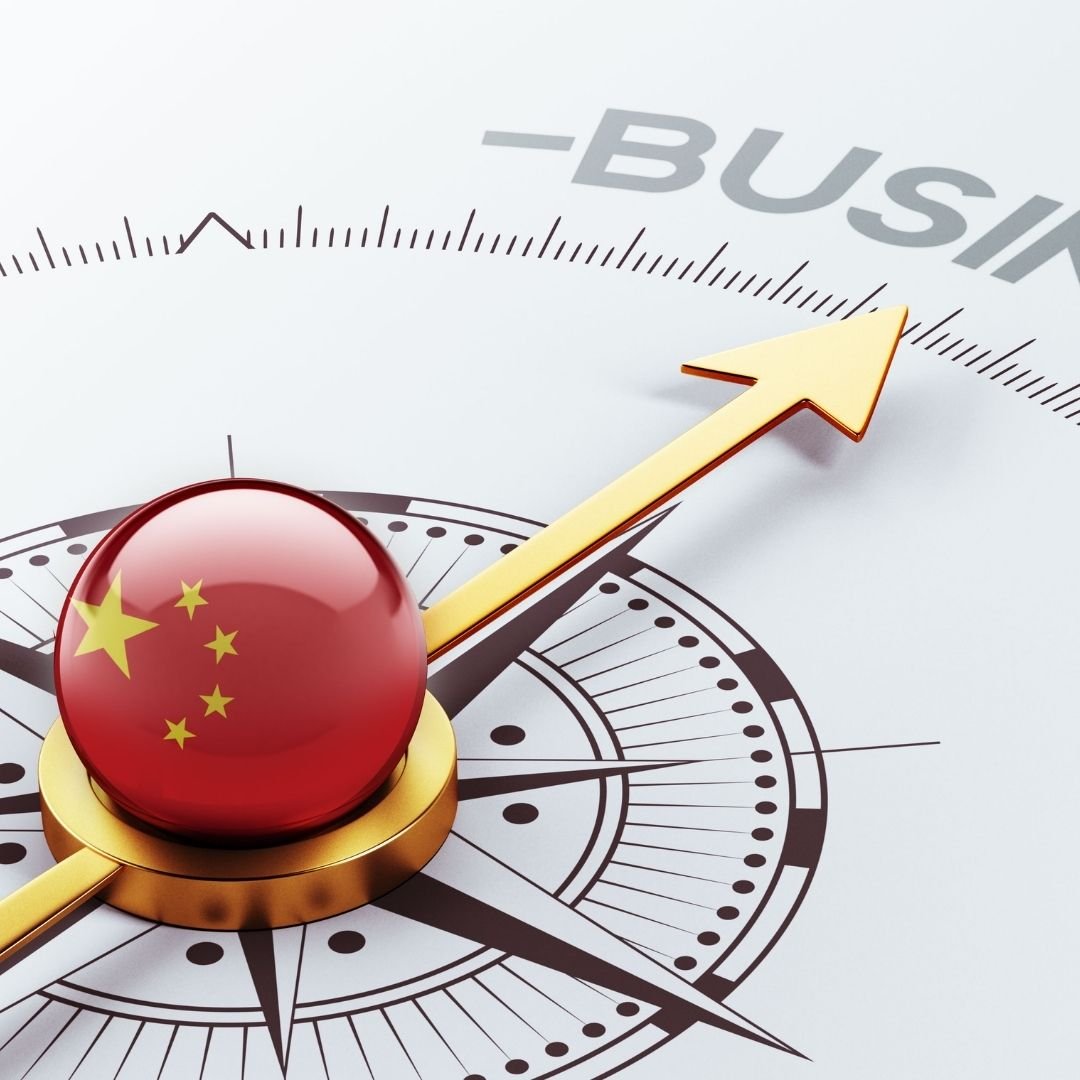Caixin had a deep dive on the Chinese semiconductor industry (in Chinese) that I thought was worth summarizing and highlighting. I will confess I don’t know a lot about semis; but I was lucky enough to speak to a few very experienced folks and I am continually updating myself on the situation, which I will of course share here. My main takeaway though from this whole situation has always been that lack of capital and talent aside, it was specifically a lack of customers that kept down the Chinese semiconductor space.
To oversimplify, the entire process of semiconductor manufacturing requires a lot of “co-evolution” between the customers and vendors, from design to manufacturing, but perhaps the highest in manufacturing. The partnership needed is a lot closer than one would typically think of, because this is not some kind of commoditized service. And the large customers provide both the capital investment and feedback loop / knowledge that’s needed for the manufacturers to improve. Due to the fact that the manufacturing process is difficult, time-consuming and expensive, and competition is fierce — one needs to be on the cutting edge to stay on top, no lapses allowed — there is no incentive for anyone to invest their time and resources with a newer and inferior manufacturer. Therefore, there was almost no way for anyone in China to catch up, when everything along this chain is dominated by foreign players.
The Chinese businesses who could get funded in the past were ones that focused on a very specific (and often outdated / already commoditized) niche because otherwise they could not get customers. And even when they were able to get funding, most of them didn’t get enough customers to be really world-class at even these less advanced technologies. They just didn’t get enough feedback to be very good, nor was there any need to, frankly, because they were never going to reach the top tier of customers. But now, due to the sanctions, all that has changed. Customers are looking to established diversified supply chains because they don’t know what will blow up their workflow. Geopolitics? Covid? And now all of a sudden there is new demand. New customers and more feedback is expected to drastically improve the abilities of Chinese companies.
And that’s where I usually end up focusing on — the speed of improvement / learning in trying to understand all of this. Of course China is generations (3?) behind the West. But what is the velocity of change? Because if there’s one thing I learned from watching the startup boom in China circa 2013 or so, it’s that knowledge compounds, and people don’t stay newbs forever. So whether or not there’s a lot of wasteful projects right now still in the Chinese semiconductor space? That doesn’t even matter. Whether or not the quality of companies is improving and how quickly they are improving is the actual signal we should be looking at.
That being said, here are some useful numbers that Caixin pulled out that can help us keep track of progress to benchmark against on a later date 😃:
-
2018-2020: 3 years of semiconductor investment in China exceeded the sum of the previous decade. Before 2018, semiconductors don’t even make it into the top 10 of tech investments by sector.
-
2018: $946mm invested
-
2019: $6.16Bn invested (6x)
-
1H 2020: $8.46Bn invested
-
-
Newly registered semiconductor companies have increased 100x in the last 10 years.
Lenovo investment department says their investment into semiconductors is 100x what they were doing 4 years ago in terms of dollar amount.
-
However, the manager estimates that 90% of investors don’t know what they’re doing. The ones who do are folks like them and Xiaomi who are the industry’s customers, the others are semiconductor VCs like Walden who have been in the space for a long time.
-
Northern Light, an active VC in semiconductors, estimates that 80% of the 5000 or so companies they think are relevant in Chinese semiconductor industry are established in 2016 and later.
-
5 layers of semiconductor investing:
-
1. Chip
-
2. Foundry
-
3. Equipment
-
4. Consumables
-
5. Equipment parts
-
-
Private investors were previously only investing in general-purpose chips, because this was the only one with sufficient market size. Secondly, only those companies without cost-effective high quality foreign competition could get investment. Third, most investment was in asset-light chip design, AKA the first layer.
-
But now … ALL the layers even the unsexiest equipment parts (5th layer) have become hot areas of investment.
-
However, it is still the 1st layer that is most accessible for investors, and so China has seen a surge of chip design firms.
-
As of Dec. 9, 2020, 2,218 chip design firms. (+438 from 2019’s 1780 or +25%)
-
-
Private capital invests in smaller deals. In contrast the Big Fund I ($21.4Bn raised late 2014) from the government has only made about 70 much larger investments in 5 years.
-
It brought in additional investment of 3x (local govts, private capital, etc.)
-
Out of 57 disclosed investments, 20 are in chip design and 11 are in manufacturing. Manufacturing was over $7Bn of the investments and is the largest segment.
-
Fund II was launched October 2019 and is over $30Bn.
-
Fund I was primarily focused on layers 1 & 2, but Fund II will invest in the other layers as well.
-
-
Szechuan, Jiangsu and Hubei are the top 3 provinces investing in the semiconductor ecosystem at $73Bn, $70Bn and $53Bn respectively.
-
But of course there is a lot of waste. ZHU Jing, deputy secretary general of Beijing Semiconductor Industry Association, recently wrote that in 1H 2020, close to 20 cities / regions signed or started complex semiconductor projects with more than $9Bn in planned investments. But 80% of these are in second to fourth-tier cities, and there’s a lot of risk.
-
Some of them have failed spectacularly like the Hongxin project. Of the 301 total projects launched in various provinces, at least 38 projects have been put on hold, representing 12.5% of the projects and accounting for $42Bn of investment.
-
-
Government changed tax rules (in Chinese) last December. Looks like 15-years and older semiconductor companies working on manufacturing lines of 28nm and below get 10 years of tax exemptions (I’m unclear on if this is for the entire business, seems so?). 65nm and below get 5 years of tax exemptions and 50% off the next 5 years. 130nm and below get 2 years of exemptions and 3 years of half taxation. The list of tax exemptions is quite long, so I haven’t translated them in full, but it looks like pretty much everything under 130nm is incentivized, which is kind of the entire industry …
-
There’s still a really large market for “mature” technologies, or those 28nm and above. In 2020, this was still 2/3 of the foundry market, and even in the next 5 years, this is expected to be more than 50%. This gives a lot of room for Chinese domestic players to practice and grow.





